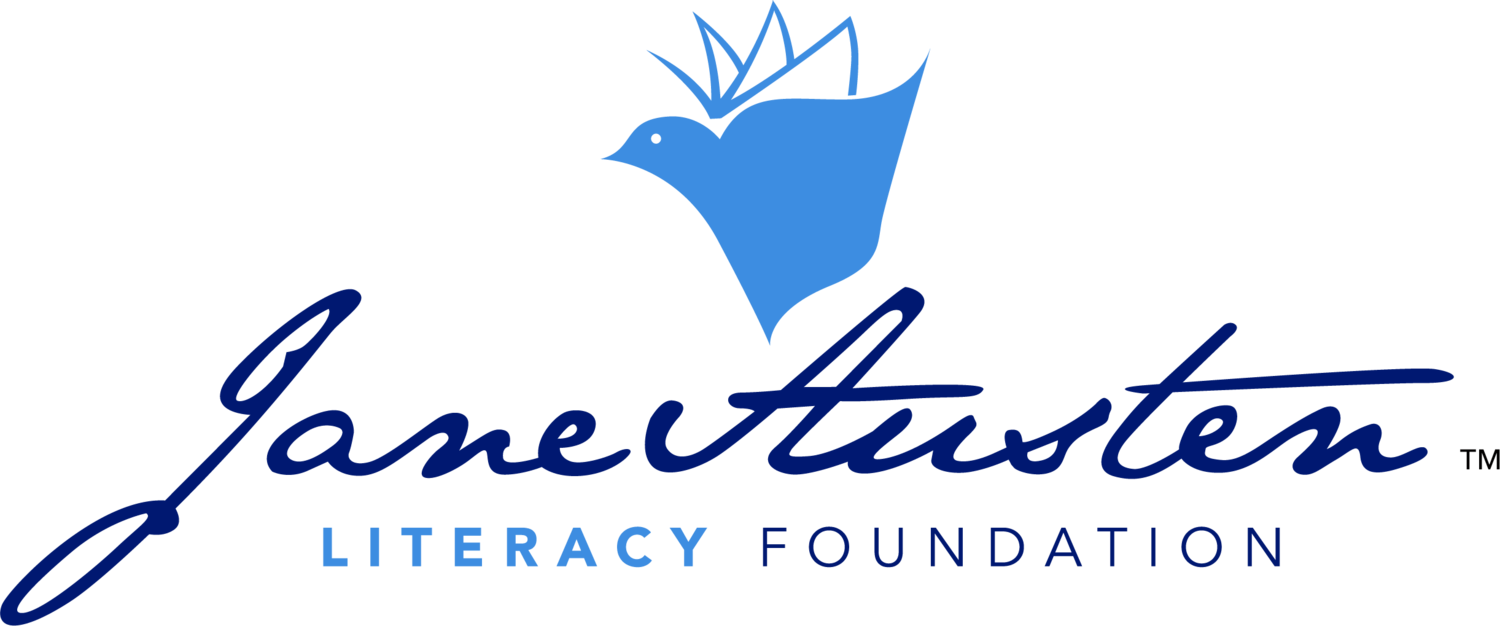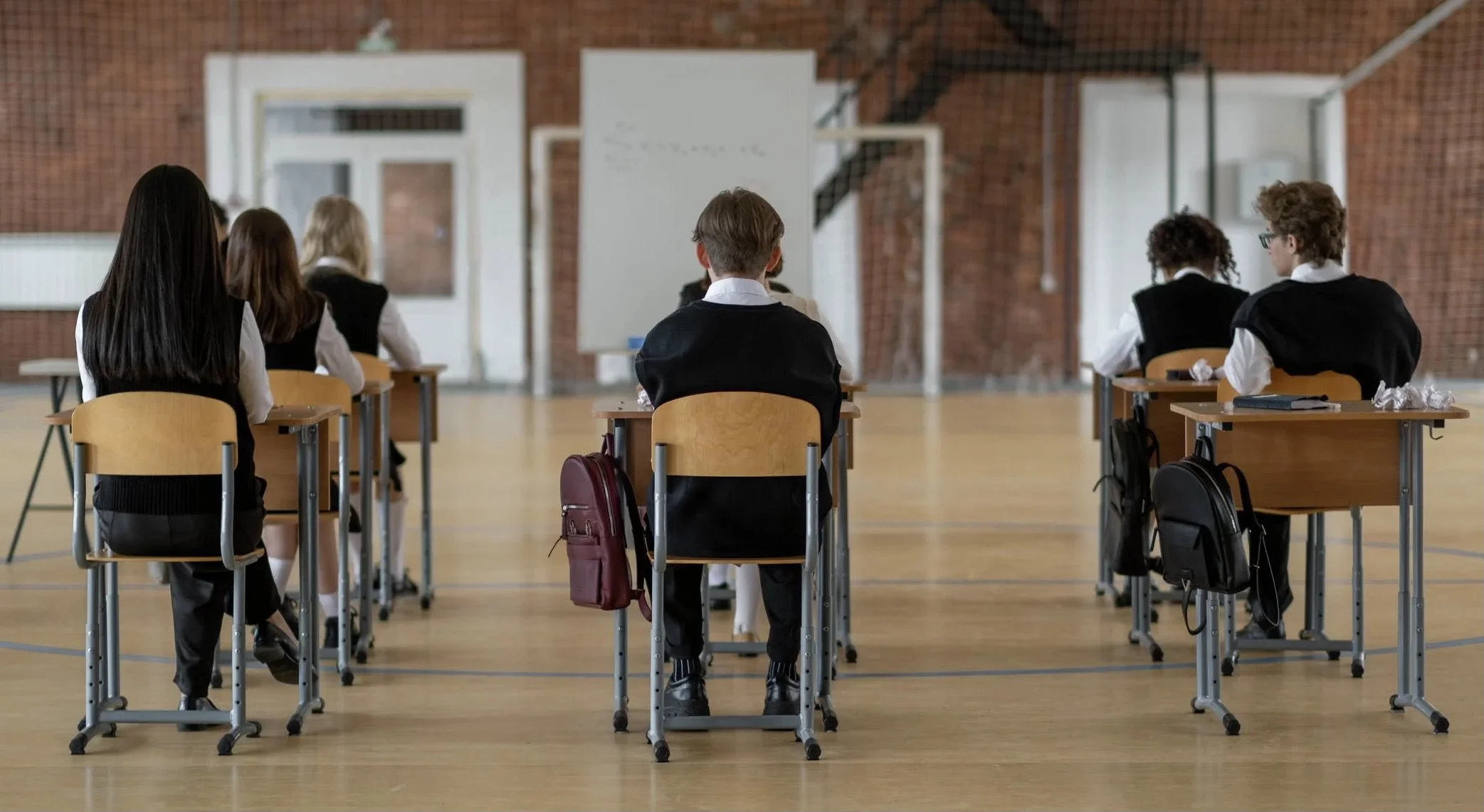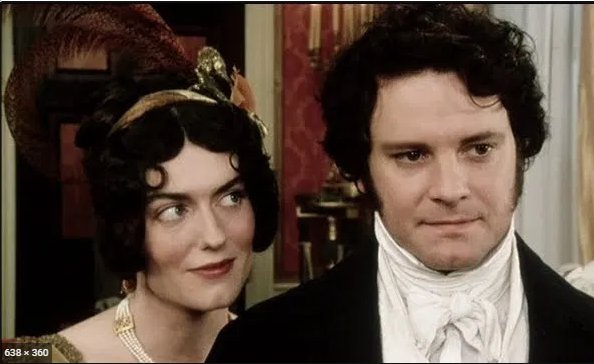A DIAMOND WITH MANY FACETS, CATCHING LIGHT FROM SO MANY ANGLES…
I know exactly when I first fell in love with Jane Austen’s Pride and Prejudice. I was around fourteen, and we were reading various novels for our O-Levels (British school exams, now called GCSE). We read the usual classics of English literature at the time: Golding, Dickens, Conrad, Forster and, of course, Jane Austen. What won me over to Jane Austen was my English teacher, Miss Abercrombie. We read through the whole novel in class, and she was the most amazing Mrs. Bennet!
Students taking a school exam
At fourteen, the romance between Darcy and Elizabeth didn’t really register. What registered was the drama between the teenage daughters and their parents. It was both very real to me and hilariously funny. My mother was a bit of a drama queen, to be honest, though not in the same way, and I loved being able to laugh at Mrs. Bennet, while at the same time identifying with her daughters.
I was a vociferous reader at the time. When I was twelve, I set myself the task of reading all of Charles Dickens novels but gave up after I read maybe eight of them as the novels became gloomier and more brooding. Looking back, I think I was really attracted to the humorous aspect of Dickens’ writing, as I was to Jane Austen’s. Having fallen in love with Pride and Prejudice, I, of course, went on to read all Jane Austen’s novels. I was so disappointed that, unlike Dickens, she had so few of them!
Complete collection of Austen’s novels
Fast forward to 2008, when I first discovered Jane Austen sequels and variations. I had already published a Regency romance with Robert Hale, a well-established independent publisher, and was starting to write my next Regency when I met Amanda Grange, author of Mr. Darcy’s Diary, who was also published by Robert Hale. I started talking to her about Jane Austen. I had recently re-read Pride and Prejudice, and I got into a conversation about how Elizabeth’s point of view was constantly proven to be wrong, just as Emma’s was, and that both novels were about learning from embarrassing mistakes.
The conversation turned to Miss Bingley, and I thought, what if Elizabeth was as mistaken about Miss Bingley as she was about Wickham and Darcy? I thought it would be fascinating to write a book from her perspective: the outsider looking in, a woman who could not claim she was a gentleman’s daughter. Amanda encouraged me to submit the idea to Robert Hale to see if he would be interested. He was, and he in turn sold my novel The Other Mr. Darcy to Sourcebooks in the USA who were acquiring Austenesque novels at the time.
Kelly Reilly as Caroline Bingley and Keria Knightley as Elizabeth Bennet in Pride and Prejudice, 2005. Image credited to Universal Pictures
As you can see, I entered this remarkable world from the back door, writing about the wrong characters! We all find our own way of reading novels. When I was teaching at university, I frequently reiterated this to my 101 students. We bring our own unique experiences to reading, and no other person will read a book quite like another. I was surprised how angry readers were at the time at the idea of seeing Caroline as anything but a villain. Readers identified with Elizabeth Bennet and saw Caroline as the person who set out to ruin two romances: Elizabeth’s with Darcy, and Jane’s with Bingley. They did not want to consider that it was Darcy who had convinced Bingley to leave. They did not want to delve into why Darcy was willing to dance with Caroline at the assembly to start with. And they certainly did not want to consider that Caroline’s behavior could be motivated by genuine jealously, even though Jane Austen explicitly states it in Pride and Prejudice.
As Elizabeth enters the drawing room at Pemberley, she expresses a new sympathy for Miss Bingley. “Convinced as Elizabeth now was that Miss Bingley's dislike of her had originated in jealousy, she could not help feeling how very unwelcome her appearance at Pemberley must be to her and was curious to know with how much civility on that lady's side, the acquaintance would now be renewed.” In my case, that statement was the impetus behind discovering who Miss Caroline Bingley was. I wanted to look at how Caroline – though educated and trained to be the perfect fashionable young lady – could not possibly marry into a family like Darcy’s. Unlike Elizabeth, she was not a ‘gentleman’s daughter’. I wanted to humanize her and show her frustration, to show another facet of the novel. Jane Austen knew what it was like to be an outsider looking in, too.
Colin Firth as Mr. Darcy and Anna Chancellor as Miss Bingley in the Pride and Prejudice 1995 mini series. Image credited to PBS
Thankfully, readers now have become more interested in exploring other characters, from Mary Bennet to Charlotte, and discover the richness of Jane Austen’s complex world. Many novels later, I love writing about Darcy and Elizabeth, but always from my own unique perspective. As time has gone by, I have asked myself many times why Pride and Prejudice is so fascinating to people that they are willing to read an infinite number of variations and sequels and still never seem to get enough. Surely there can’t be that many ways of telling the love story of a couple like Elizabeth and Darcy? Yet there are, and it is a wonderous thing to behold.
My only explanation to date is that in Pride and Prejudice, Jane Austen gave us a novel that is so rich it gives us an infinite number of viewpoints to read and interpret it. It is a diamond with many facets, catching the light from so many angles. It lends itself to humor but also to tragedy. Every time you open the novel or watch one of the film productions, you discover something new.
As authors, it challenges us to present our individual perceptions. Through writing about Darcy and Elizabeth, we are somehow able to express our own views of the world. Just as I focused on Mrs. Bennet when I first read Pride and Prejudice as a child, we can hone in on so many specific angles. I have written Darcy from a tongue-in-cheek perspective (The Darcy Novels trilogy), a futuristic Baron- Lord perspective (Steampunk Darcy), a gently humorous perspective (Longbourn Entanglement), a nostalgic perspective (Fortune and Felicity), and a magical/fantastic perspective (Dangerous Magic), and each time, I feel I am illuminating a different way of seeing him. Yet he still remains the same familiar beloved character. This is also true of Elizabeth.
How remarkable is that? And what a fantastic opportunity it has been for me to be part of a community that shares a common love, yet at the same time is able to express it in so many divergent ways.
Austen, Jane. Pride and Prejudice. Penguin, 1813
©️Monica Fairview 2022. Monica Fairview writes Jane Austen sequels and variations as well as magical Pride and Prejudice fantasy. Her biggest claim to fame is living in Elizabeth Gaskell’s house in Manchester, long before the house was restored. After studying in the USA, she taught literature, then became an acupuncturist. She now lives near London. Her latest novels are an ongoing Jane Austen fantasy series starting with Dangerous Magic: A Pride & Prejudice Variation. She is currently working on the next novel in the series, Shimmering Magic.
AND THE WINNER IS…
CONGRATULATIONS!
To our winner and finalists!
The authors of this year’s finalist stories in the Jane Austen Literacy Foundation Writing Competition are:
Winner - The Boxed Set by Sheila Walker
Finis by Penny Faulkner
Mrs Darcy’s Needle by Harriet Bradshaw
Meet the authors and read their stories:








